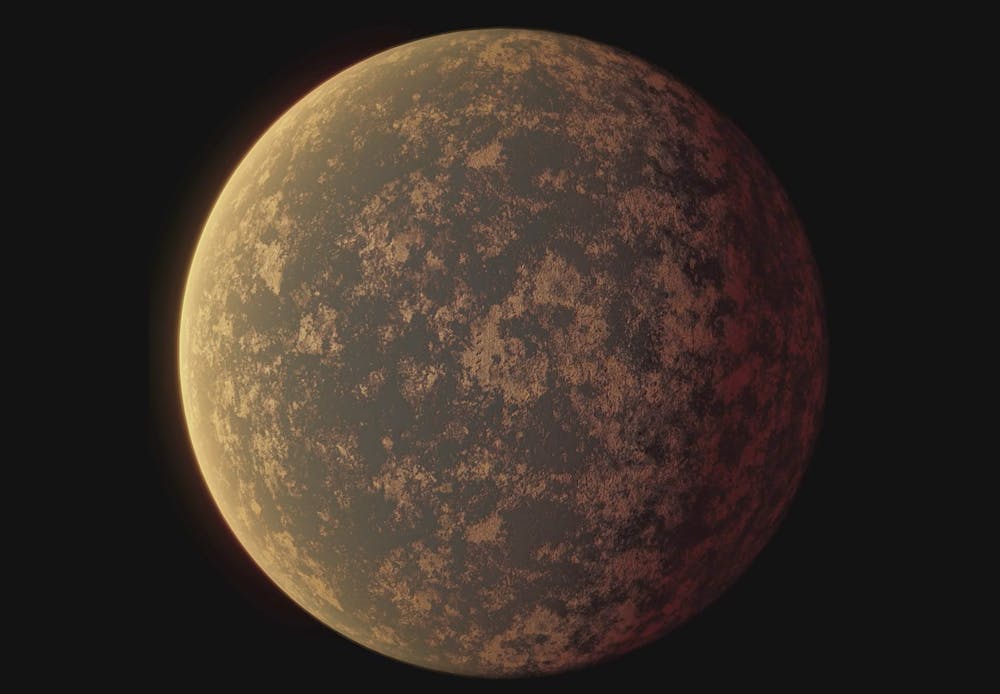Recently, the University of New Mexico’s physics and astronomy department was granted $750,000 from NASA. This grant is headed by associate professor, Diana Dragomir, who leads the research into exoplanets at UNM.
“What we want to do with this grant is find a different kind of exoplanet. We want to find more of them. Especially those of a longer orbit,” Dragomir said.
The benefits of this research for the average person, Dragomir said, is to help provide answers to the fundamental questions of life. Why is there life on Earth? Is there life elsewhere?
“We are trying to understand the context of our solar system. How similar are we to other planetary systems? Why not?” Dragomir said. “They are just harder to find. For that reason, we don’t have great answers to these questions.”
Alongside the $750,000 from NASA, the grant also provided the team access to NASA’s Transiting Exoplanet Survey Satellite which works in tandem with original data to find longer orbit exoplanets, Dragomir said.
Dragomir believes that this funding and the access to the TESS telescope data will allow them to find exoplanets easier.
“By counting those planets and counting them in more detail, we hope to better understand if other planets are like our solar system planets,” Dragomir said. “We hope to have answers to the general public in terms of where we come from and how planets form, and if our solar system is common or not.”
Dragomir’s history with NASA started before she came to UNM. In 2016, she started her work as a NASA Hubble Fellow which supports postdoctoral students’ research while pursuing her post-doc research at Massachusetts Institute of Technology.
“It happened to be with data from the TESS telescope, actually,” she said. “I guess I’ve got funding with NASA for a while now. It’s fun working with NASA. A lot of my colleagues worked with NASA.”
As for why UNM specifically was granted this money for exoplanets, Dragomir said she and her team are spearheading the research on exoplanets.
“It’s not just me, it’s my entire group. My group has established itself as able to work with this data, ” Dragomir said.
This group Dragomir mentioned is a team of graduate students and postdoctoral researchers brought together to find exoplanets, including post-doc Zahra Essack.
Get content from The Daily Lobo delivered to your inbox
“With this grant, I was able to hire a postdoctoral researcher,” Dragomir said. “We will probably hire some undergraduate students next summer to help with research as well. We also want to organize a workshop – sort of a mini-conference – to explain the grants and our research at some point.”
Previously, Dragomir said her team was funded by smaller grants that were vital to their research. Now, with this larger grant and access to TESS, the sky’s the limit. Or more accurately, space is.
Danielle Knox is a freelance reporter with the Daily Lobo. She can be contacted at news@dailylobo.com.
Danielle Knox is a freelance reporter at the Daily Lobo.






